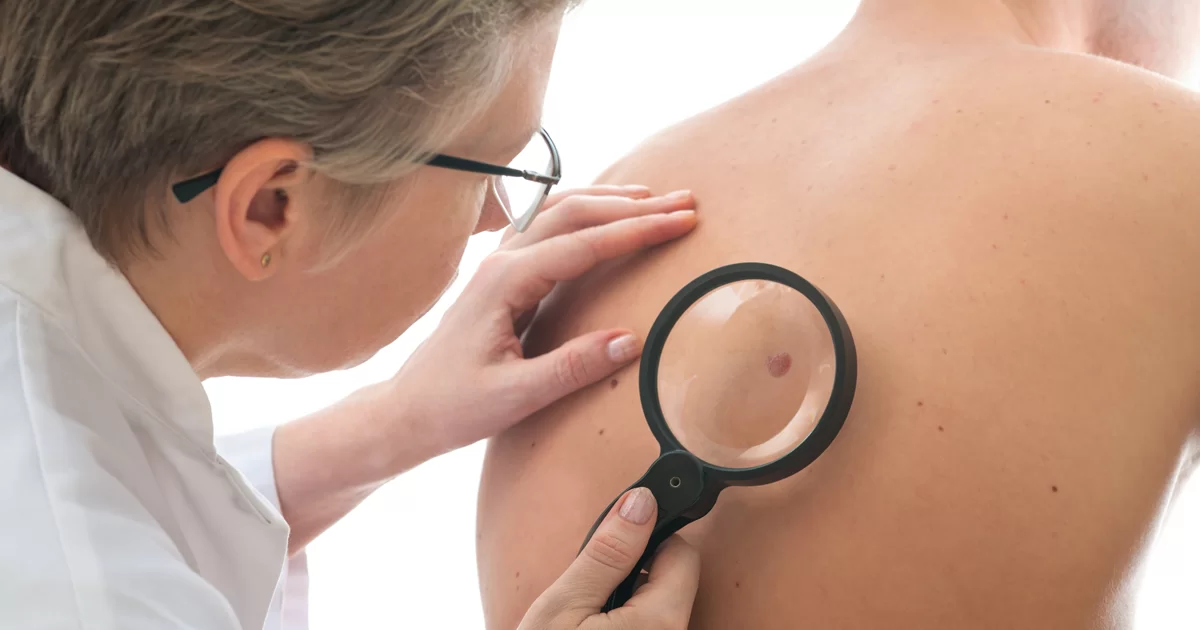
Skin cancer – frozen section
Home > Health Info > Health Articles

A frozen section is a pathology laboratory procedure performing rapid microscopic analysis of a specimen. It is used most often in oncological surgery where the specimen is frozen by cryostat and then cut for microscopic analysis. The report given by the pathologist is usually limited to benign or malignant and in case of malignancy if the resected margin is clear or present of residual cancer in skin cancer this technique is included in the part of Moh’s surgery
In Bangkok Hospital Pattaya, with wide excision and frozen section with loupe magnification and good light, the estimated boundary of skin tumor is marked by surgical pen and an additional border for excision is then marked depending upon the type of skin cancer and anatomical position of skin cancer (range from 2-5 mms). Following infiltration with local anesthetic a specimen is excised deep to underlying fascia and the fresh specimen is mapped and sent to pathology laboratory. The pathologist processes the specimen using standard frozen section and examines the slides, then reports to plastic surgeon. If suspicious or presence of cancer seen at the margin, further skin is excised from the particular area until clear The reconstruction or skin closure is done immediately with local skin flap or skin graft by plastic surgeon under local or general anesthesia

Advantages
Skin sparing – limit unnecessary removal of normal skin especially in cosmetically sensitive areas (periocular, nose and other parts of face) low recurrence rate because of free tumor margin before closure. The recurrence rate is close to standard Moh’s surgery one session surgery (cancer removal + tissue diagnosis + reconstruction) and is less time consuming compared to standard Moh’s surgery
Limitations
Availability of 2 doctors (plastic surgeon and pathologist) at the same time with familiarity with this technique, communication, and experience between surgeon and pathologist
Share :



